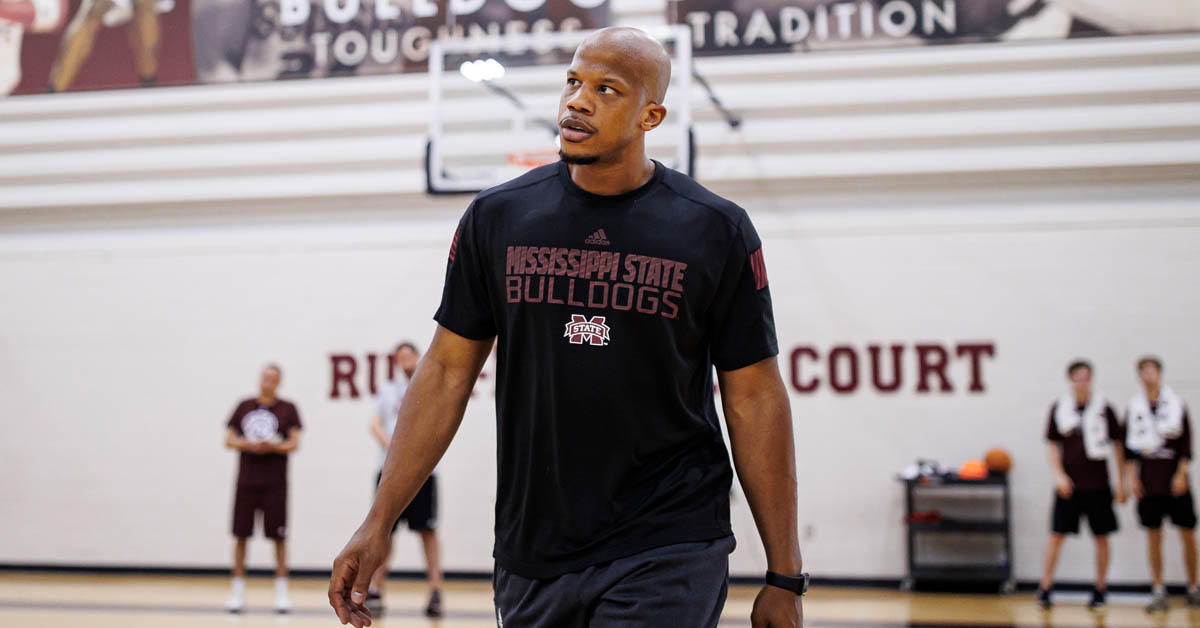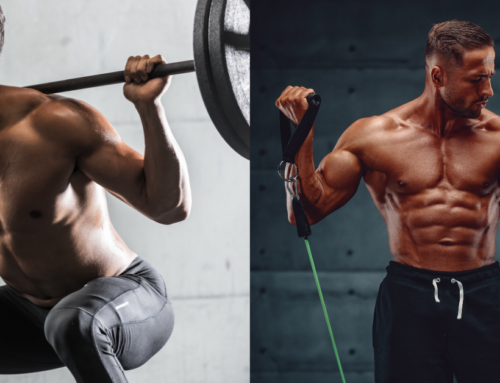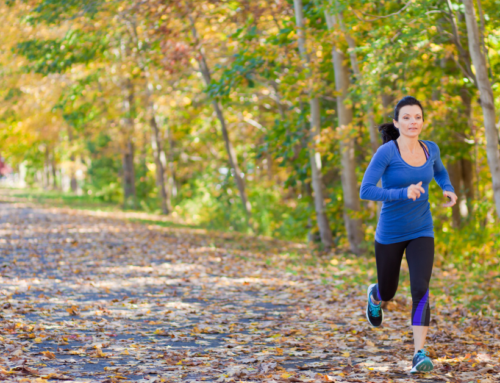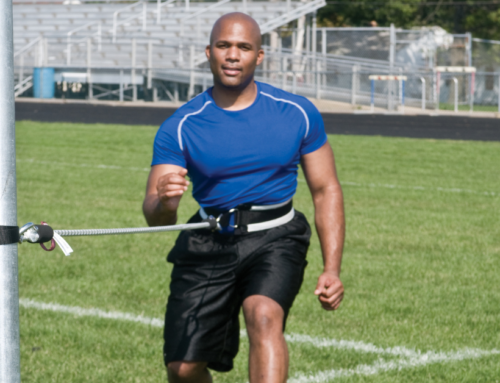We sat down with Dominick Walker to learn more about his training philosophies and how he incorporates resistance training with his athletes.
Basketball legend Michael Jordan said, “Get the fundamentals down, and the level of everything you do will rise.” The fundamentals of basketball are something that Dominick Walker, Strength & Conditioning Coach at SEC-member, Mississippi State University, knows well. With an impressive 10+ year background at various colleges and universities (including Northwestern and Texas-Arlington), and a position at the professional level with the Philadelphia 76ers, Dominick has learned from some of the best strength and conditioning basketball coaches in the business.
Is your background primarily in the training of basketball players?
I’ve done a little bit of everything but I’ve always been involved with basketball in some capacity. I’ve worked with athletes in fencing, soccer, track and field, golf, and football in my different positions, but what I’ve always wanted to focus on (and what I’m currently focusing on at Mississippi State) is basketball.
Tell me a little bit about the training and drills that you do with your athletes.
When it comes to athletic development, I think long-term. I use the analogy of a crock-pot and putting my athletes in the crock-pot. The exercises that we do are the seasonings, and I let those seasonings go to work to get us to that long-term standpoint. We’ll go between general to specific exercises, and resistance training tools (like the TurfCordz® Ankle Cordz) really help us with hip adduction to help with flexibility in the frontal planes, knee drives, lunges to work on cutting or sprinting actions or the other drills that we’re working on.
How do you tailor your training to the different levels of athletes?
I tailor my training based on the athlete. I’m new to Mississippi State, so right now most everyone is doing similar work with a few exceptions for the younger guys. Depending on training age, we’ll use general strength training and also more specific exercises that help the neural pathways. As athletes advance, we’ll do more sets, higher intensity training, more power and more speedwork. Training age is determined by the athlete. We test something every day to determine how the program is going, rather than a set schedule. We’re not working on something for 3 weeks then moving to something else for another 3 weeks, it’s all determined by the athlete. I could have the same athlete on the same program for 12 weeks, and if they’re still improving, why would I change it?
How do you prevent injuries or work towards injury rehabilitation?
I believe that good training is rehabilitation training. At Mississippi State we hit every joint action. For example, with one of my freshmen we’ll hit elbow flexion and extension, circumduction of the shoulder, hip abduction and adduction, flexion, extension, ankle inversion and eversion, plantar and dorsiflexion. We’re hitting every joint action (many times with resistance training) to build the joints in an integrative approach. As the athlete gets older we do more global and specific movements. A freshman could spend 12 weeks hitting the joints, and then we’ll go 8 weeks into multi-joint training that is specific to basketball. As you get older, that first 12 weeks could turn into 8 weeks or 5 weeks, but we spend less time on it as the athlete progresses. Our GPP phase (general physical preparedness) lasts a whole year. You could call that our corrective exercise, injury prevention, whatever you want to call it. We’re building capillary strength, connective tissue, ligament strength, intraneural muscular strength and like the analogy before, we slow cook it to coach our athletes up.
In your opinion, what are some of the benefits of resistance training?
With the NZ Cordz products specifically, those were one of my first purchases in several of my positions. When you’re training a team, if certain guys need different levels of resistance it’s easy to bring that equipment with you on the road or in the hotels. We use it for pre-game warm-ups to practice lunges, knee drives or whatever we’re working on on the actual court they will be playing on. Another analogy I use is vitamins. Vitamins are 10-15 minute sessions of whatever it is that an athlete needs to work on. And as you keep taking your vitamins, it adds up over time. So as our guys take their vitamins, they improve their skills. The flexibility and durability of the StrechCordz®, TurfCordz®, and MediCordz® resistance cords are what’s important to me.





